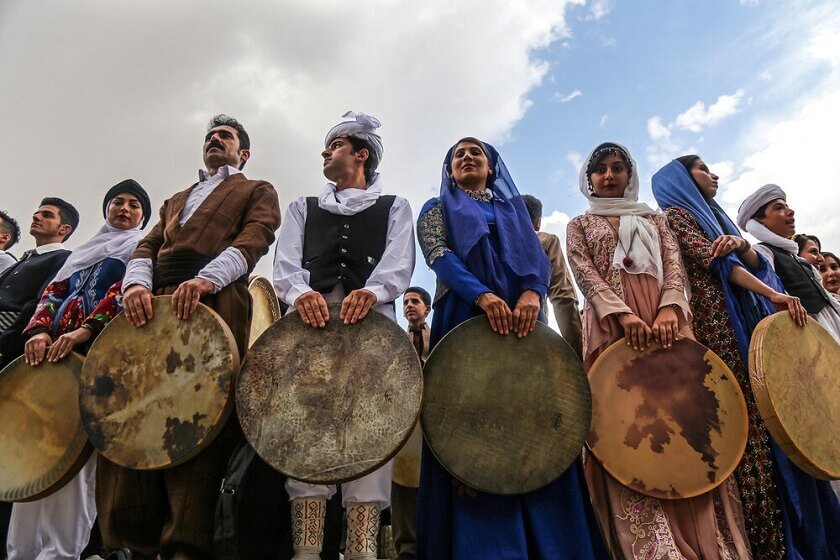Sanandaj, a UNESCO creative city, to host regional music festival

TEHRAN— Iran’s Sanandaj, which is a UNESCO-designated Creative City of Music, is set to host a national festival of regional music in October.
Ethnic musicians and guests from 18 provinces have been invited to participate in this festival, Kordestan province’s governor general said on Friday.
“We should grasp that cultural event as a golden opportunity to highlight tourism attractions of the province,” Esmaeil Zareikusha said.
“We should use every opportunity to introduce the potentials of the province,” he said.
Sanandaj, with a population of around 500,000 inhabitants, is the second-largest Kurdish city in Iran.
Sanandaj, the capital of western Kordestan province in Iran, has been a member of the UNESCO Creative Cities Network (UCCN) since 2019.
The ancient city is considered the birthplace of the Daf instrument, which has been nationally registered.
For Sanandaj, the celebration of its musical heritage is showcased in several major music festivals, including the Fajr Music Festival which unites musicians with a passion for Persian traditional and modern music, whilst the International Daf Festival draws on Daf players from all over the world to honor this unique percussion instrument.
Moreover, the local government of Sanandaj fans the time-honored skills by creating a series of policies aimed at developing the city’s musical heritage and industry, including the promotion of several stands for musicians at exhibitions.
The province embraces a wide variety of historical sites and cultural gems. It is a popular destination for mountaineers and nature lovers as well. Kordestan is home to towering mountains, wide valleys, gushing waterfalls, rivers, lakes, mineral springs, caves, and abundant wildlife.
Iran has a culturally diverse society dominated by a wide range of interethnic relations. Native speakers of Persian (Farsi language) are considered as the predominant ethnic generally of mixed ancestry, and the country has important Turkic, Kurd, and Arab elements in addition to the Lurs, Baloch, Bakhtiari, and other smaller minorities such as Armenians, Assyrians, and Jews. Persians, Kurds, and speakers of other Indo-European languages in Iran are descendants of the Aryan tribes who began migrating from Central Asia into what is now Iran in the second millennium BC.
AFM
Leave a Comment